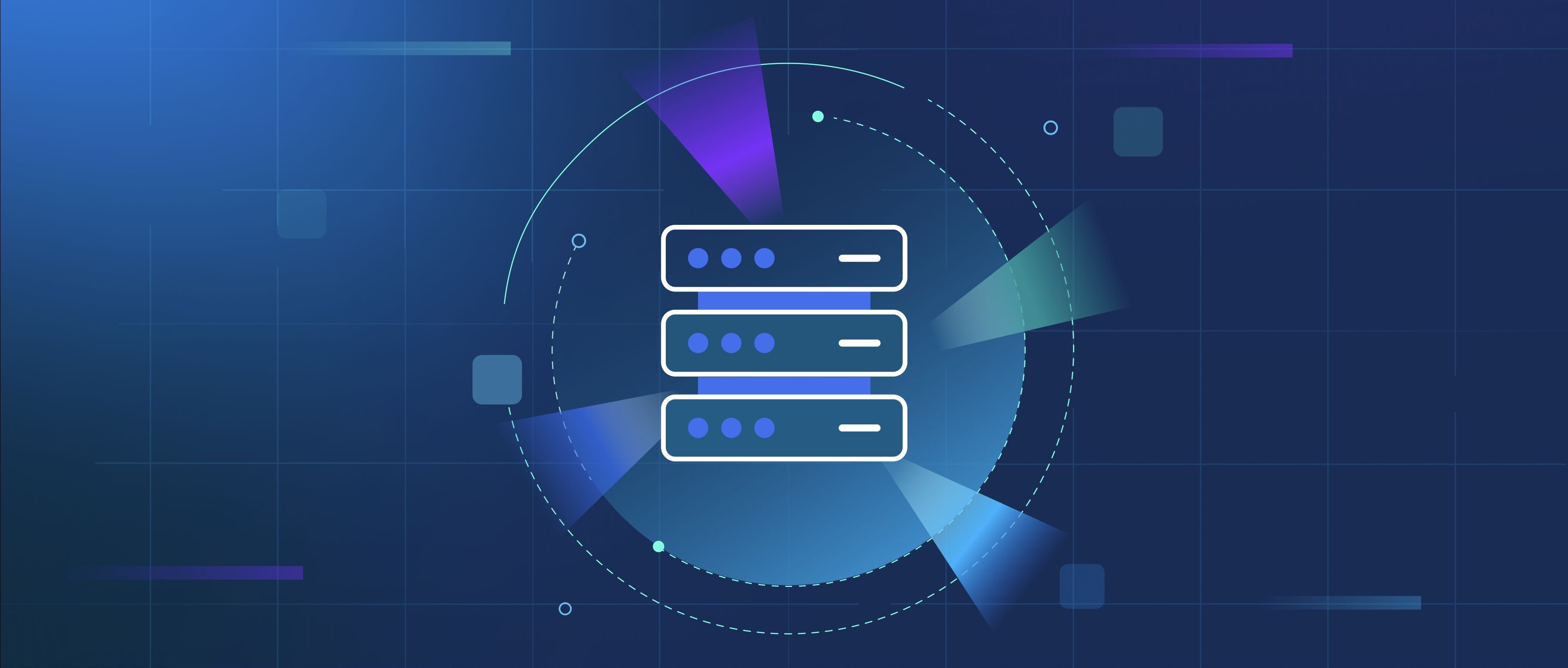To handle categorical data in a dataset, you typically start by identifying and understanding the categories within your data. Categorical data includes non-numeric values, such as labels or names that represent different groups, like "red," "blue," and "green" for color, or "male" and "female" for gender. Once you've identified the categorical variables, it's important to determine how you want to use these variables in your analysis or machine learning model.
The next step involves encoding the categorical data to make it suitable for analysis since most machine learning algorithms require numerical inputs. One common method is one-hot encoding, where each category is transformed into a binary column. For instance, if you have a "Color" feature with three categories—red, blue, and green—one-hot encoding will create three new columns: "Color_red," "Color_blue," and "Color_green." A row with the value "red" would have a 1 under "Color_red" and 0 under the other two columns. This method helps preserve the categorical nature of the data while making it usable for algorithms that expect numerical input.
Another approach is label encoding, where each unique category is assigned an integer. For example, you can map "red" to 1, "blue" to 2, and "green" to 3. This method is simpler but can introduce ordinal relationships where none exist, which can mislead some models. Therefore, use label encoding cautiously, especially for categorical data with no inherent order. Ultimately, the choice of method depends on the specific analysis or model you're working with, so consider the characteristics of your data before deciding on an approach.
